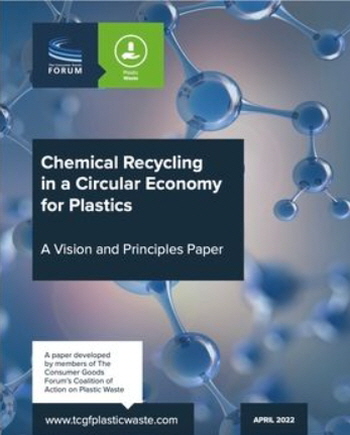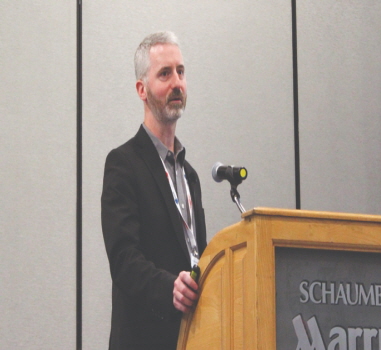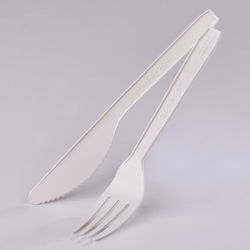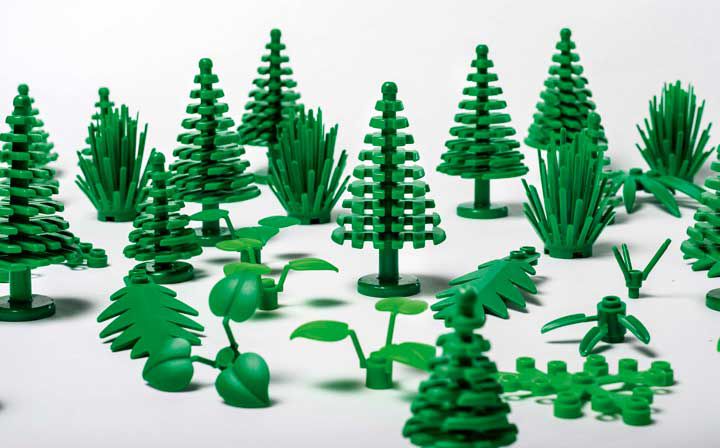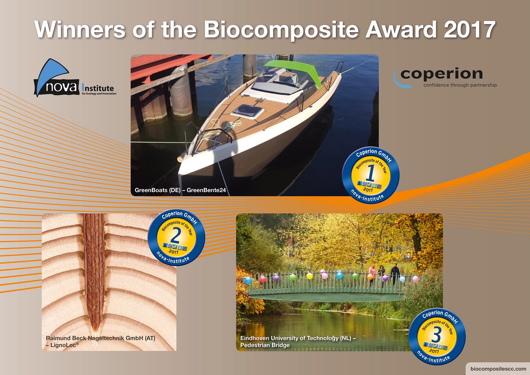Bio magazine
Innovation Award 'Biocomposite of the Year 2017' by BCC
작성자 : 관리자
2017-12-28 |
조회 : 17668
Innovation Award "Biocomposite of the Year 2017" by BCC
 ▲ 6 Nominees for "The Biocomposite Award 2017"
▲ 6 Nominees for "The Biocomposite Award 2017"



The 230 participants of the Biocomposites Conference Cologne (BCC), the worldwide largest conference on Natural Fibre and Wood-Plastic Composites, chose the three winners out of six nominees. The Innovation Award, initiated by nova-Institute and sponsored by Coperion GmbH, highlights biocomposites and their applications that entered the market in 2017 or are just about to be launched.
The stand-out new applications for natural fiber and wood-plastic composites (NFC and WPC) are GreenBente24 – boat from 80% renewable materials, LignoLoc – collated wooden nails, and a fully bio-based pedestrian bridge.
GreenBoats (DE): GreenBente24 – boat from 80% renewable materials. Usually, mass produced boats are made of fossil-based resins, glass fibers and plastic foam. By contrast, GreenBente24 from GreenBoats is made from 80% out of renewable materials like flax, cork and bio-based epoxy resin. The GreenBente24 has the same weight and stiffness as a standard boat. The boat achieves a 80% reduction of carbon footprint compared to other options, is thermally recyclable and has a particularly pleasant living climate.
▲ GreenBente, which took the first place of "The Biocomposite Award 2017", is made from 80% renewable materials like flax, cork and bio-based epoxy resin (© GreenBoats)
Raimund Beck Nageltechnik GmbH (AT): LignoLoc – Collated wooden nails. Nails made from wood are one of the oldest known fasteners in the world, thus Raimund Beck Nageltechnik GmbH (AT) has initiated the next evolution stage LignoLoc – collated wooden nails for use with pneumatic nailers. This new technology requires no pre-drilling; offers maximum holding power due to a natural welding effect with the base wood and offers new application fields for domestic beech wood veneer and can replace steel nails in many applications.
Eindhoven University of Technology (NL): Fully bio-based pedestrian bridge. A fully bio-based pedestrian bridge, the first in the world, has been realised at the Eindhoven University of Technology (NL). After a successful load test (5,0 kN/m2), the bridge was installed by the company NPSP bv (NL). Flax and hemp fibres provide the strength for the bridge, combined with a bio-based epoxy resin. Polylactic acid (PLA) bio-foam provides the core. The production method was vacuum-infusion: layers of natural fibres were glued around a laser-cut shape of bio-foam.
Followings are the rest 3 nominees who missed the honor of award regrettably.
BASF SE & Sonae Arauco Deutschland AG (DE): 3D mouldable Medium-Density Fibreboard (MDF). The innovative 3D mouldable MDF provides the furniture industry with a new wood-based material. It is a thermoplastic processable and storage-stable composite which can be produced on existing MDF production lines. In contrast to standard thermoset boards, it offers post-mouldability and surface structuring of the composites on standard equipment in short cycle times. Due to the increased mouldability of the composite, new design options are possible. The resin system is offered formaldehyde free.
G.S. Stemeseder GmbH (AT): GS Stratos® passive – sandwich window scantling system. Stratos® passive – sandwich window scantling system by G.S. Stemeseder GmbH (AT) is a combination of a foamed PP and wood composite material with solid wooden elements. The system was developed for the building of passive house windows. Through the reduction in density of approximately 50%, the required specific heat conductivity and Uf-value of ≤ 0.8 W/m2K were achieved. The components are produced with standard machinery and tools of the wood industry and are certified combustible.
OWI GmbH (DE): Injection moulded school seat shell. OWI GmbH (DE) launched an injection moulded school seat shell. The polypropylene (PP) and wood-based granulates were developed by Linotech GmbH (DE). The chair combines properties such as positive haptics – comfortably soft and warm to the touch – and standard PP chair requirements in terms of flex behaviour, notch impact strength and staple taking properties for upholstery, and stress load cycles without breakages.
Source:














